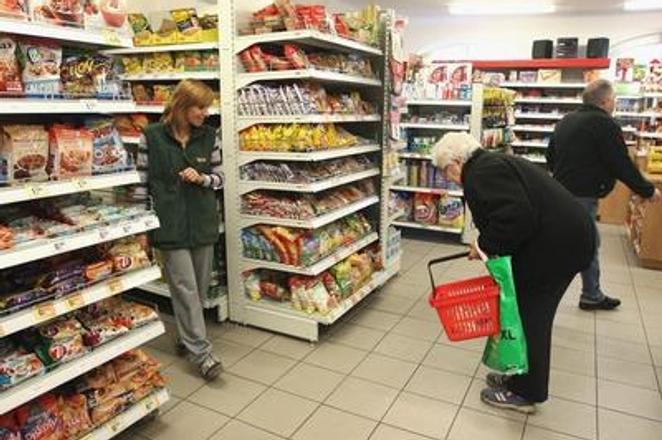The growth of Slovakia’s economy, indicated by the latest flash estimate of the statistics authority, has positively surprised economic analysts. They expect the positive development to continue in the second half of the year, but admit that the Brexit vote may have a certain impact on the country’s growth.
“Stronger than expected economic growth in the second quarter could be impacted by the combination of Easter effect, accelerating household consumption and better external development which helped mostly the exports of Slovak carmakers,” Ľubomír Koršňák, analyst with UniCredit Bank Czech Republic and Slovakia, wrote in a memo.
The gross domestic product (GDP) at constant prices increased 3.7 percent year-on-year in the second quarter of the year. After seasonal adjustment it rose by 3.7 percent y/y and by 0.9 percent quarter-on-quarter, according to the flash estimate published by the Slovak Statistics Office on August 12.
GDP rose by 3.4 percent in the 2Q of 2015, while during the whole year the country’s economy grew 3.6 percent.
The development in GDP growth surprised the analysts who had expected weaker economic growth.
“The already known data for 2Q 2016 were more or less positive,” Katarína Muchová, analyst with Slovenská Sporiteľňa, wrote in her memo, pointing to the improving situation in the labour market, as well as better development in retail revenues, industrial production and foreign trade.
EU funds negatively impact construction
The positive consumer mood, increasing employment and wages, as well as deflation and record low interest rates positively impacted also the consumption of households which started spending more, Koršňák pointed out. It is thus probable that household consumption will become the main engine of domestic demand soon, he added.
On the other hand, development in the construction sector was less positive.
“Certain correction of the growth, however, was expected regarding the drop in drawing money from EU funds compared with last year when the investments, especially the public ones, rose dynamically,” Muchová said.
This will certainly reflect in an annual drop in investments, Koršňák opines.
On the other hand, lower demand for investment imports and improving exports resulting from strong demand in Europe helped to revert the dropping trend in foreign trade surpluses. As the surpluses keep increasing, Koršňák expects that the contribution of net exports to GDP growth will return to black numbers later this year.
“A look at industry indicates that the automotive industry was doing well in the second quarter, as it benefited from an ongoing strong increase in demand for new cars in Europe,” Koršňák wrote, adding that also other export-oriented fields, including engineering, electro-technical and metal processing industries, were growing in the 2Q.
Employment rises as well
Strong economic growth also positively impacted the labour market, observers say.
More than 2.3 million people were employed in the 2Q of this year, which is by 2.3 percent more than in the same period last year. After seasonal adjustment, the total employment rose by 2.3 percent y/y and by 0.6 percent q/q, according to the Statistics Office.
The dynamics of the annual growth rose slightly, from 2.2 percent to 2.3 percent, observers agree.
“Also the increase of the labour productivity rose slightly, but it still oscillates around 1 percent,” Koršňák pointed out, “though the monthly income data in the commercial sector of the economy indicate increase in wages may slow down slightly (especially in industry), the wage growth dynamics probably still beat the dynamics of the labour productivity growth.”
This means that the unit costs of labour continued increasing, for the ninth quarter in a row, Koršňák added.
Brexit may have an impact
The positive GDP development highlighted the positive risks of UniCredit’s current rognosis of GDP growth for this year, set at 3.1 percent. The bank wants to wait for the detailed growth numbers which the Statistics Office will publish in September, but it is possible they will increase their prediction by 0.2 percentage points, Koršňák said.
“The Slovak economy will benefit in the coming months particularly from stronger household consumption, which responds to the positive development in the labour market, but also relatively robust external demand when European economies should take advantage of released currency conditions and cheap energy,” the analyst added.
However, he expects the annual growth to slow down in the final quarter of the year, especially due to the development of public investments.
Moreover, the 2Q data have not reflected the Brexit vote which took place in late June, Muchová said.
“The British decision however may impact to a certain extent economic sentiment and economic growth in the eurozone in the second half of the year,” she added. “This impact may be limited as the exact date when the United Kingdom will leave the EU has not been set yet.”
The real impact may be seen at the turn of the year, Koršňák said, expecting the slow down in Europe’s economic growth will be lower than expected.



 Illustrative stock photo (source: Sme)
Illustrative stock photo (source: Sme)